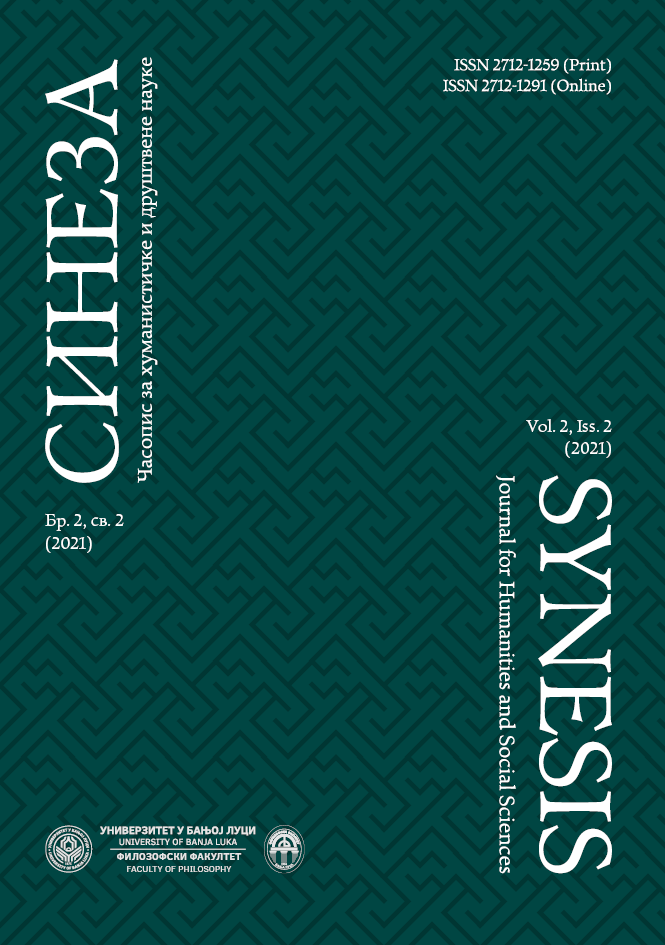Физичко кажњавање дјетета: од Сумера, Самерхила до данас
Physical punishment of the child: from Sumer, Samerhil to today
Author(s): Slobodan JovićSubject(s): Social history, History of Education, Studies in violence and power, Pedagogy
Published by: Filozofski fakultet, Univerzitet u Banjoj Luci
Keywords: corporal punishment; punishment; ritual punishment; child;
Summary/Abstract: Тhe author tries to point out the continuity of physical punishment of a child that lasts from the first civilizations to modern times. From ancient civilizations, from the beginnings of literacy, corporal punishment has been an inseparable companion of children’s lives. The first mention of a child is related to his corporal punishment. The author states the argued oppositions of important pedagogues to this treatment of children. Important thinkers and pedagogues (Quintilian, Montaigne, Neil) strongly opposed the application of corporal punishment of children, believing that it was the wrong educational procedure. In many cultures, punishing children is ritual in nature. The roots of such customs go back to the distant past and were undertaken because they were believed to be able to promote the growth and development of the child. Also, there were prohibitions on which objects children should not touch, all in order to prevent the transfer of negativism from those objects to the child. Studies indicate that the use of corporal punishment is viewed differently in different areas.The position of the child in the past has not been easy. Children were punished, abused, trafficked and treated inhumanely. Such practices have been present since ancient civilizations, through the Middle Ages, and even today in some countries physical punishment of a child survives in some forms. The period of humanism and the Renaissance brings different views on the child and the nature of children. This period brings an increased interest in children’s individuality, emotionality and authenticity. In all epochs, there are authors who argue against corporal punishment of a child. In Serbian traditional culture, physical punishment is a common educational technique, and punishment and upbringing in patriarchal culture have often been equated. Important pedagogues in the 20th century are of the opinion that corporal punishment is harmful and that it is not in accordance with the humanistic concept of education.The existence of physical punishment of a child has been noticed in the Serbian culture and history of school and educational circumstances. This kind of treatment of a child dates back to the distant past. The phenomenon of ritual punishment of a child was also noticed. Ritual punishment of a child is associated with mythical-magical actions aimed at promoting the growth and development of the child. At the beginning of the 19th century, due to the observed cruel treatment of children at school, the educational authorities in the Principality of Serbia tried to limit corporal punishment, which resulted in the adoption of written regulations and instructions. Proponents of Herbartian pedagogy, which has prevailed in our area for almost a century, allow the existence of punishment in school practice, but also the physical sanctioning of student behavior. Personal histories of individuals, personal narratives, show that corporal punishment of a child ‘s life in our area and during the twentieth century.
Journal: Sineza
- Issue Year: 2/2021
- Issue No: 2
- Page Range: 83-94
- Page Count: 12
- Language: Serbian

